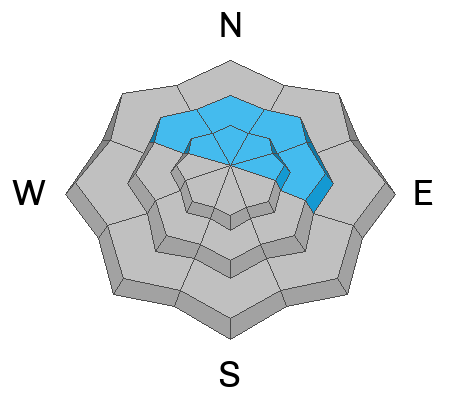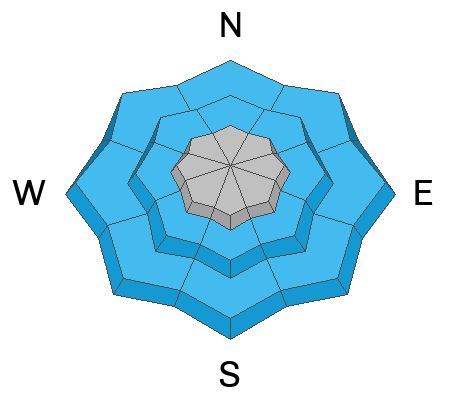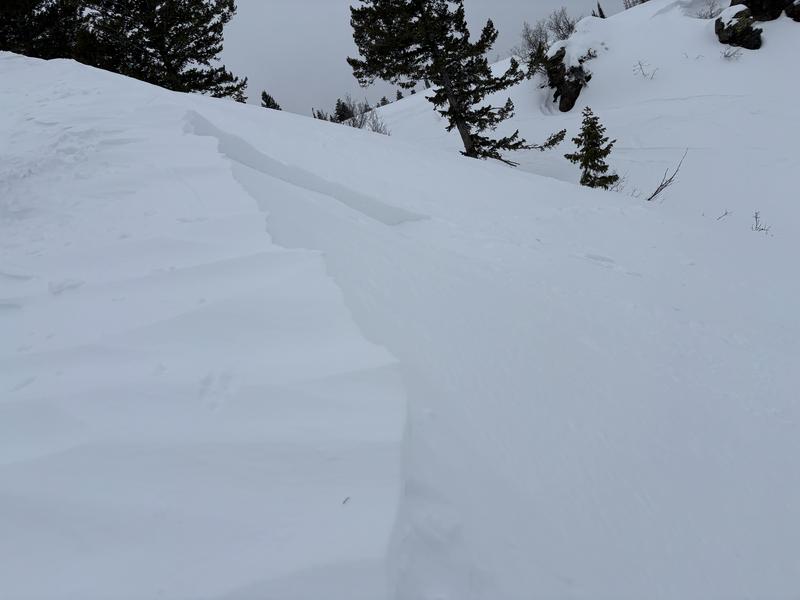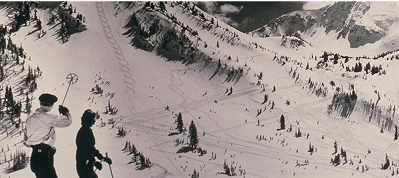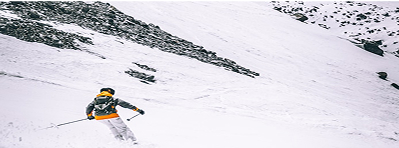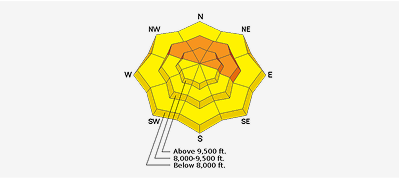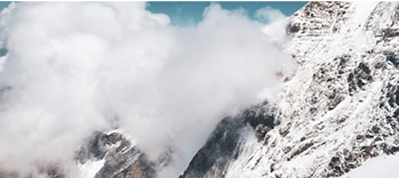Forecast for the Ogden Area Mountains

Issued by Dave Kelly on
Tuesday morning, February 25, 2025
Tuesday morning, February 25, 2025
The avalanche danger is MODERATE at all aspects and elevations. Evaluate snow and terrain carefully; identify and avoid features of concern such as wind-drifting on top of buried facets and wet snow at mid and low elevations.
When all else fails choosing to travel on or underneath terrain less than 30 ° in steepness will find you the softest turns and safest routes.
When all else fails choosing to travel on or underneath terrain less than 30 ° in steepness will find you the softest turns and safest routes.

Low
Moderate
Considerable
High
Extreme
Learn how to read the forecast here


